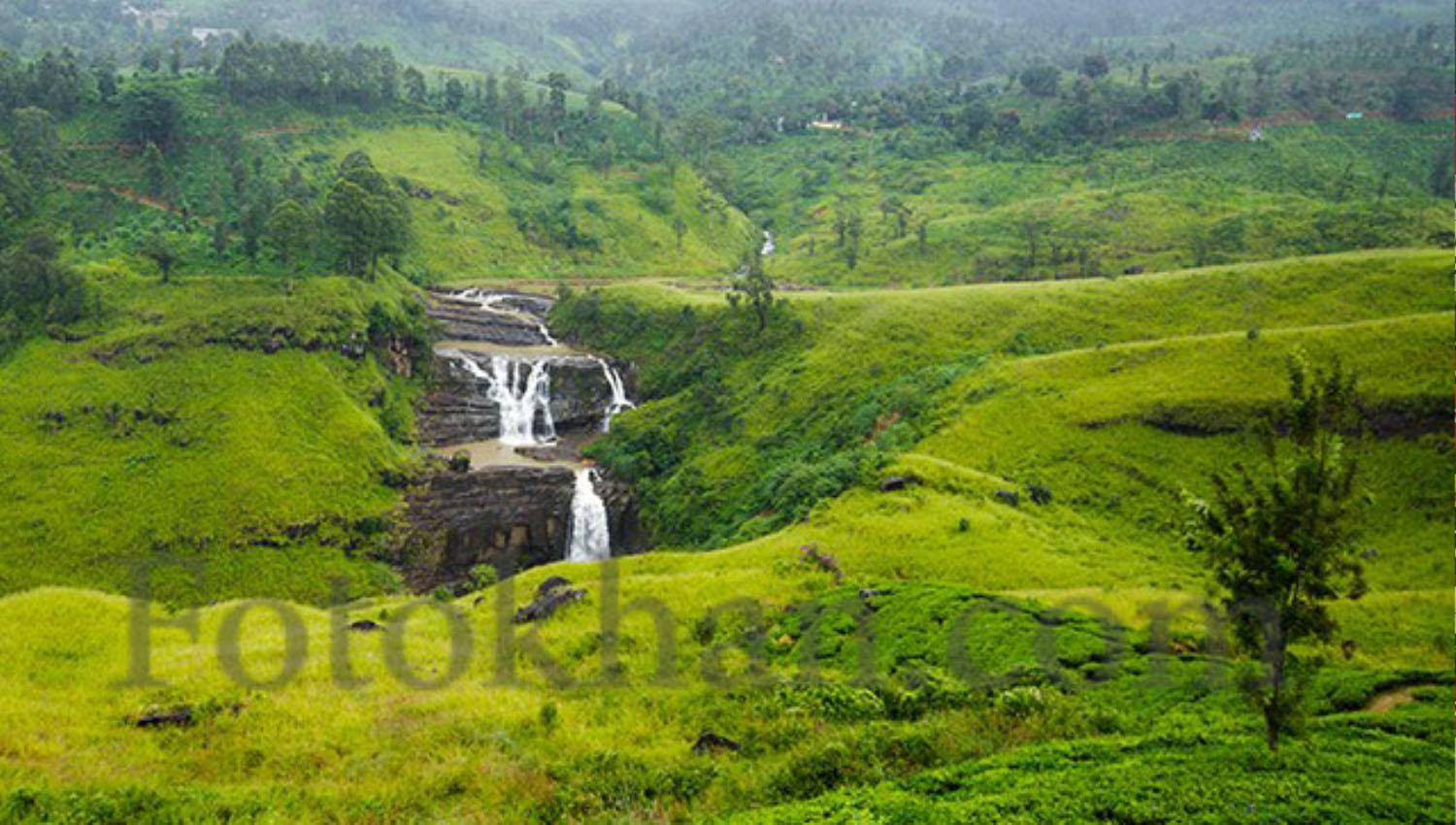In the age of digital photography, modern cameras are equipped with a plethora of advanced features and settings that allow photographers to elevate their craft and take their skills to new heights. While many users may stick to the camera’s automatic mode for simplicity, unlocking the potential of these advanced features can result in stunning, professional-quality photographs. In this blog, we’ll explore how to maximize your camera’s potential by delving into the advanced features and techniques that can help you capture outstanding images.

Understanding Your Camera’s Advanced Features:
Before we dive into specific techniques, it’s essential to familiarize yourself with the advanced features your camera offers. While features can vary between different camera models, here are some common advanced settings you might encounter:
1. Manual Mode: In manual mode, you have complete control over settings like aperture, shutter speed, and ISO. This allows for precise exposure control and creative flexibility.
2. Shutter Priority (S or Tv): Shutter priority mode lets you set the shutter speed, and the camera will automatically adjust the aperture to achieve the correct exposure. It’s useful for capturing fast action or creating long-exposure effects.
3. Aperture Priority (A or Av): Aperture priority mode allows you to select the aperture setting, and the camera will adjust the shutter speed accordingly. This is excellent for controlling depth of field and achieving background blur.
4. Exposure Compensation: Exposure compensation lets you override the camera’s exposure settings to make images brighter or darker. It’s handy for fine-tuning exposure in challenging lighting conditions.
5. White Balance: White balance settings enable you to adjust the color temperature to match different lighting conditions accurately. This is essential for capturing natural-looking colors.
6. Focus Modes: Most cameras offer various focus modes, such as single-shot autofocus (AF-S) and continuous autofocus (AF-C). Choosing the right focus mode is crucial for capturing moving subjects or achieving precise manual focus.
7. Metering Modes: Metering modes determine how the camera measures and calculates exposure. Common modes include evaluative, center-weighted, and spot metering, each suitable for specific shooting situations.
Maximizing Your Camera’s Potential: Techniques and Tips:
Now that you’re familiar with some of your camera’s advanced features, let’s explore techniques that will help you make the most of them:
1. Master Manual Mode:
Manual mode is the most versatile setting for photographers. Learn to balance aperture, shutter speed, and ISO to achieve the desired exposure. Experiment with different combinations to control motion blur, depth of field, and exposure in various shooting conditions.
2. Explore Shutter Priority:
Shutter priority mode is fantastic for capturing motion. Use fast shutter speeds to freeze action, or slow speeds for creative effects like light trails or silky waterfalls. The key is to match the shutter speed to the specific situation.
3. Experiment with Aperture Priority:
Aperture priority is ideal for controlling depth of field. A wide aperture (e.g., f/1.8) results in a shallow depth of field with a blurred background, while a narrow aperture (e.g., f/16) provides sharp focus throughout the frame. Use this mode to create stunning portraits or landscape shots.
4. Use Exposure Compensation:
In tricky lighting situations, like a bright sky and shaded foreground, use exposure compensation to achieve balanced exposures. Increasing exposure (+) brightens the image, while decreasing exposure (-) darkens it. Adjust the compensation until you get the desired result.
5. Master White Balance:
Understanding white balance allows you to maintain accurate colors in different lighting conditions. Experiment with various white balance settings to achieve natural, warm, or cool color tones in your images.
6. Practice Focus Techniques:
Explore your camera’s focus modes and experiment with manual focus. When shooting portraits, use single-shot autofocus to lock onto your subject’s eyes for sharp results. For moving subjects, switch to continuous autofocus to track and capture action.
7. Take Advantage of Metering Modes:
Different metering modes come in handy for various scenarios. Use spot metering when you want precise exposure control on a specific part of your frame, such as a subject’s face. Center-weighted and evaluative metering are suitable for general shooting conditions.
8. Shoot in RAW:
Shooting in RAW format provides maximum flexibility in post-processing. RAW files contain more data, allowing for finer adjustments to exposure, white balance, and color correction.
9. Bracketing:
Bracketing involves taking multiple shots of the same scene at different exposure settings. It’s a valuable technique for ensuring you capture the perfect exposure and later select the best shot.
10. Understand Your Camera’s Limitations:
While it’s essential to explore your camera’s advanced features, it’s equally crucial to understand its limitations. Know your camera’s ISO performance, noise levels, and dynamic range, and make adjustments accordingly to achieve the best results.
Continuous Learning and Practice:
Mastering your camera’s advanced features is an ongoing process that requires continuous learning and practice. Don’t be discouraged by initial challenges or mistakes; they’re all part of the learning curve. Invest time in studying your camera’s manual, taking photography courses, and engaging in practical exercises to hone your skills.
Conclusion: Unleashing Your Creative Potential:
Maximizing your camera’s potential by unlocking its advanced features and techniques can lead to a profound improvement in your photography. Whether you’re capturing breathtaking landscapes, candid portraits, or dynamic action shots, understanding and harnessing the capabilities of your camera is essential for elevating your craft. With dedication, practice, and a deep appreciation for the art of photography, you can create images that are not only technically sound but also artistically captivating. So, go ahead and explore your camera’s advanced settings—your creative potential awaits.

